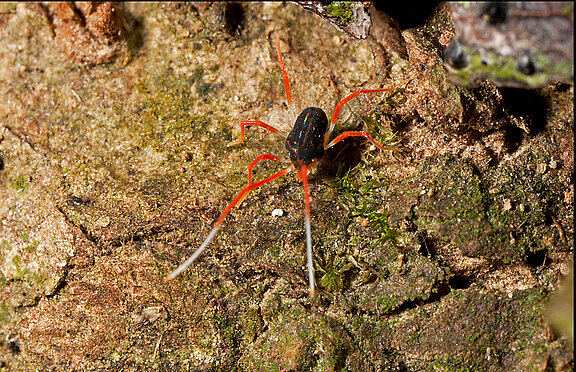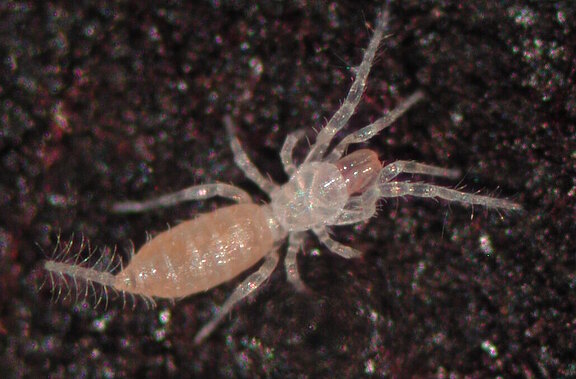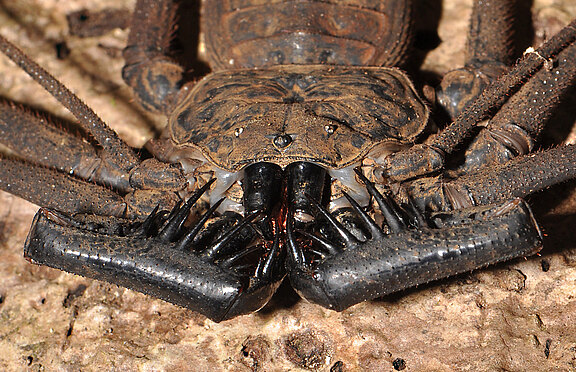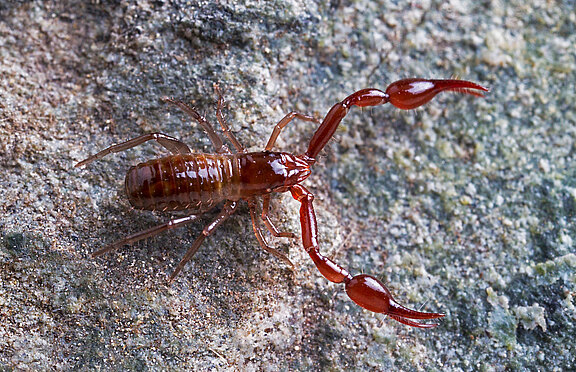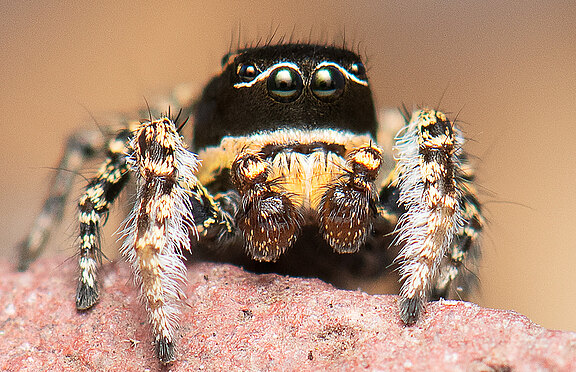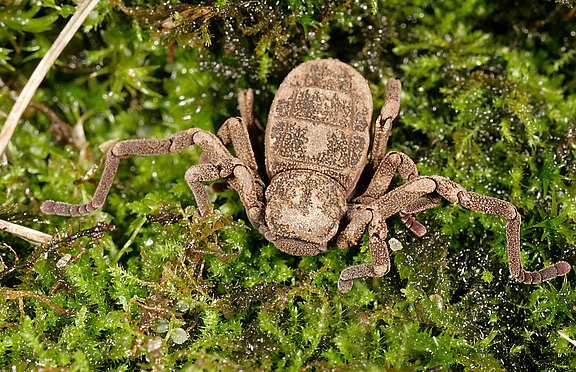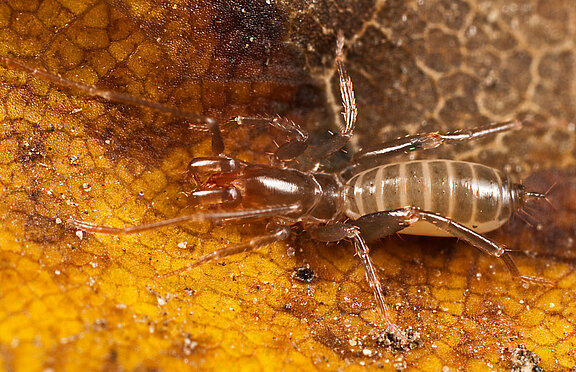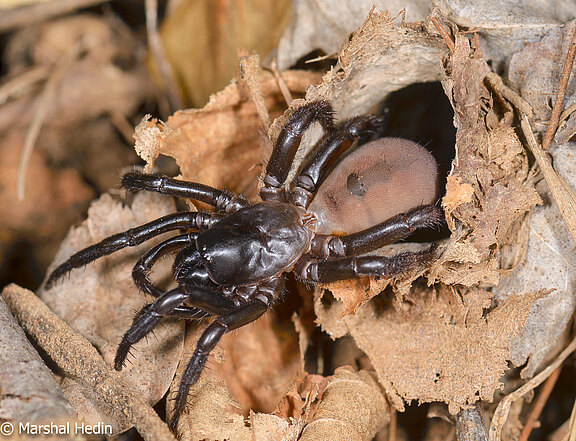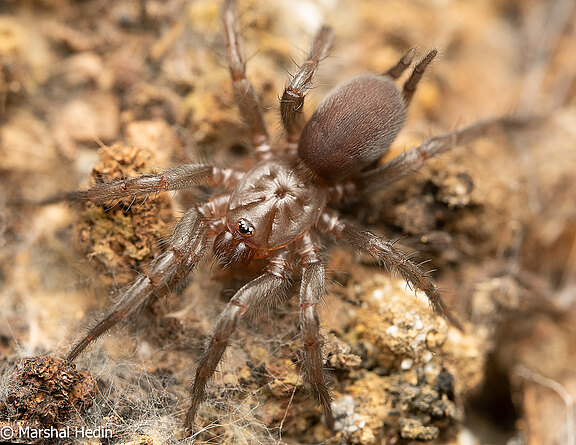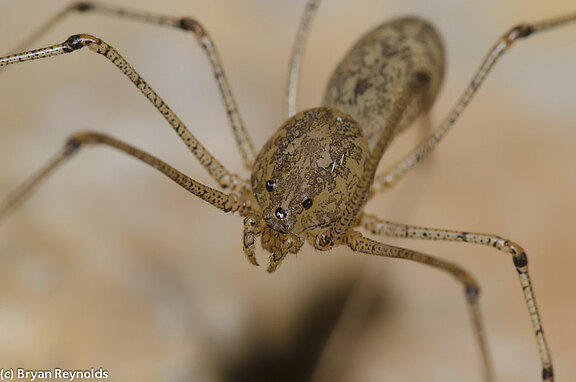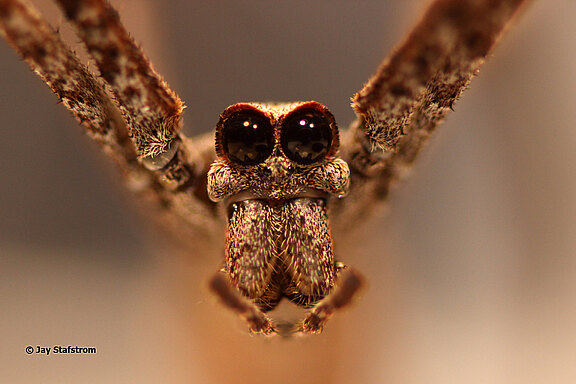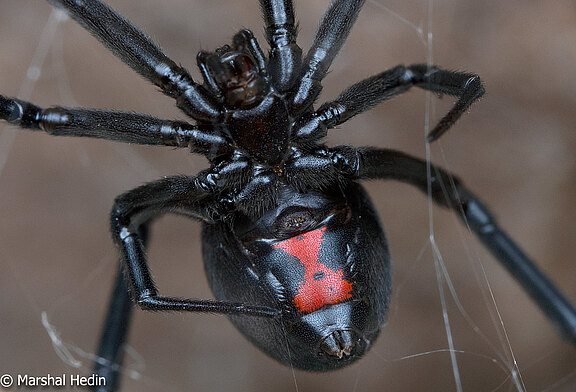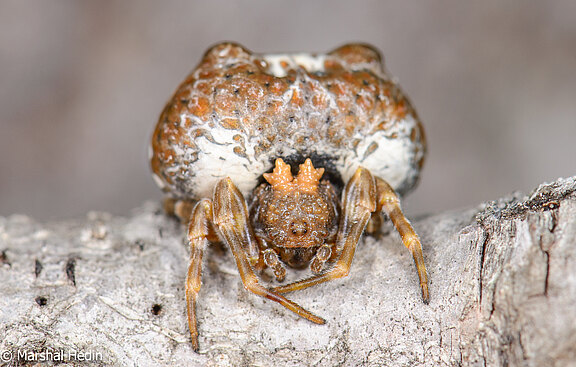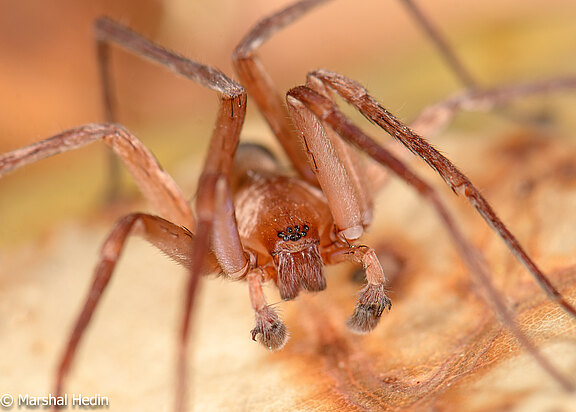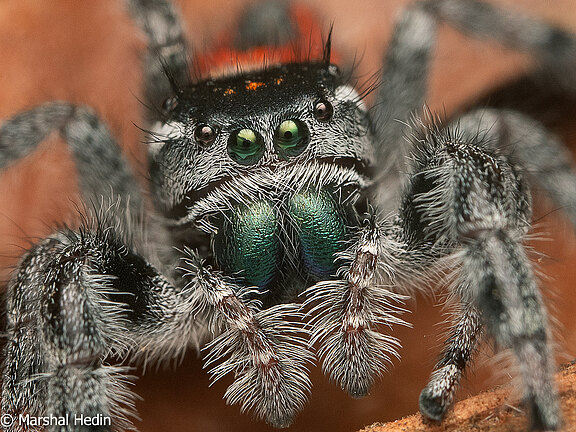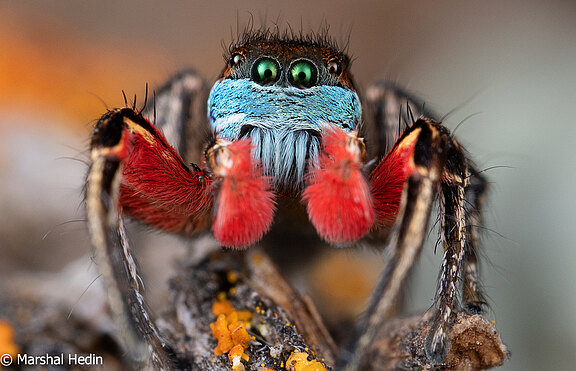Spiders (Arachnida: Araneae)
Spiders (order Araneae) are air-breathing arthropods that have eight legs and chelicerae with fangs able to inject venom. They are the largest order of arachnids and rank seventh in total species diversity among all orders of organisms. Spiders are found worldwide on every continent except for Antarctica, and have become established in nearly every habitat with the exceptions of air and sea colonization. As of June 2022, at least 50,200 spider species, and 132 families have been recorded by taxonomists. However, there has been dissension within the scientific community as to how all these families should be classified, as evidenced by the over 20 different classifications that have been proposed since 1900.
Contact our specialists

Marshal Hedin
Department of Biology, San Diego State University, San Diego CA 92182-4614, USA. Email: mhedin@~@mail.sdsu.edu

Nadia Ayoub
Biology Department, Washington & Lee University, Lexington, VA 24450 USA. Email: ayoubn@~@wlu.edu

T.C. Jones
Department of Biological Sciences, East Tennessee State University, Johnson City, TN 37614 USA. Email: jonestc@~@etsu.edu
Dangerously Venomous Spiders
There are only two venomous spiders of any significance in the continental U.S., the Brown Recluse and the Black Widow. Tarantulas are relatively harmless though people can have an allergic reaction to their bite. Other spiders may also cause a slight allergic reaction at the site of a bite, with some redness and swelling.
Brown Recluse - Follow this link if you are you worried that a particular spider might be a brown recluse (Loxosceles reclusa)
The brown recluse spider, Loxosceles reclusa, is often implicated as a cause of necrotic skin lesions. Diagnoses are most commonly made by clinical appearance and infrequently is a spider seen, captured or identified at the time of the bite. The brown recluse lives in a circumscribed area of the U.S. (the south central Midwest) with a few less common recluse species living in the more sparsely-populated southwest U.S. In these areas, where spider populations may be dense, recluse spiders may be a cause of significant morbidity. However, outside the natural range of these recluse species, the conviction that they are the etiological agents behind necrotic lesions of unknown origin is widespread, and most often erroneous. In some states such as California, unsubstantiated reports concerning recluse spider bites have taken on the status of "urban legend" leading to overdiagnosis and, therefore, inappropriate treatment. (Source: Identifying and Misidentifying the Brown Recluse Spider. Dermatology Online, Rick Vetter. )
Black Widow - Wikipedia entry on Black Widow Spiders
Tarantulas - Wikipedia entry on Tarantulas
North American Spiders
Introduction
This page is an attempt to provide a list of valid names for the spiders (Araneae) which occur in North America north of Mexico. The list has been compiled by a committee of volunteer contributors of the American Arachnological Society (Spiders of North America Check-list Committee). As a version of each family list becomes available at this site its name will be highlighted; indicating a link to the draft list. The committee is most interested in receiving suggestions or corrections. Please direct these questions to Richard Bradley.
The following list of families is adapted from the list provided in the World Spider Catalog Version 16. The main purpose of a page such as the current one is to provide information on the names currently in use in the most convenient form; thus the list of families, genera, and species are presented in alphabetic order.
How to use this site
To find a particular name you should first select the family to which you believe the spider belongs and scan the list for the "candidate" name you are checking. If you do not find the name quickly; use the "find-in-page" or Find (on-this-page) function (under the Edit pulldown menu with your browser) searching for the species' name. Try a search without the name's ending as this might change with the name of the older generic assignment. For example, Acanthepeira venusta (Banks, 1896) was at one time listed as Araneus venustus. If you search under "venust" you would locate both names. In this way you may locate the current name.
Because our taxonomic knowledge is constantly changing, species may be re-assigned to different genera, and genera to different families. If you have difficulty finding the species you are interested in, consider using the World Spider Catalog with its extensive lists of synonyms.
After the name of a species in this list, there is an indication of the states (USA) and provinces (Canada) where the species has been reported. Many species distributions are poorly known, so these lists may be incomplete. Don’t be too surprised if you find a species in a state or province that is not listed. If you do detect such a situation, you should consider reporting your record and perhaps submitting a voucher specimen to a museum collection for that region.
For each family, there is a downloadable document and pdf. Just click on the appropriate link.
See also corrections for the families with many changes in Kaston's Spiders of Connecticut and How to Know the Spiders
Spiders of Connecticut rev. ed. 1981 pdf
How to Know the Spiders 1978 3rd Edition pdf
updated February 20, 2021
Families
Agelenidae pdf
Amaurobiidae pdf
Anapidae pdf
Antrodiaetidae pdf
Anyphaenidae pdf
Araneidae pdf
Atypidae pdf
Caponiidae pdf
Cheiracanthiidae pdf
Cithaeronidae pdf
Clubionidae pdf
Corinnidae pdf
Ctenidae pdf
Cybaeidae pdf
Cyrtaucheniidae pdf
Deinopidae pdf
Desidae pdf
Dictynidae pdf
Diguetidae pdf
Dysderidae pdf
Euagridae pdf
Euctenizidae pdf
Filistatidae pdf
Gnaphosidae pdf
Hahniidae pdf
Halonoproctidae pdf
Hersiliidae pdf
Hexurellidae pdf
Homalonychidae pdf
Hypochilidae pdf
Leptonetidae pdf
Linyphiidae pdf
Liocranidae pdf
Lycosidae pdf
Megahexuridae pdf
Microhexuridae pdf
Mimetidae pdf
Miturgidae pdf
Myrmecicultoridae pdf
Mysmenidae pdf
Nemesiidae pdf
Nesticidae pdf
Oecobiidae pdf
Oonopidae pdf
Oxyopidae pdf
Philodromidae pdf
Pholcidae pdf
Phrurolithidae pdf
Pimoidae pdf
Pisauridae pdf
Plectreuridae pdf
Salticidae pdf
Scytodidae pdf
Segestriidae pdf
Selenopidae pdf
Sicariidae pdf
Sparassidae pdf
Symphytognathidae pdf
Telemidae pdf
Tetragnathidae pdf
Theraphosidae pdf
Theridiidae pdf
Theridiosomatidae pdf
Thomisidae pdf
Titanoecidae pdf
Trachelidae pdf
Trechaleidae pdf
Trogloraptoridae pdf
Uloboridae pdf
Zodariidae pdf
Zoropsidae pdf

